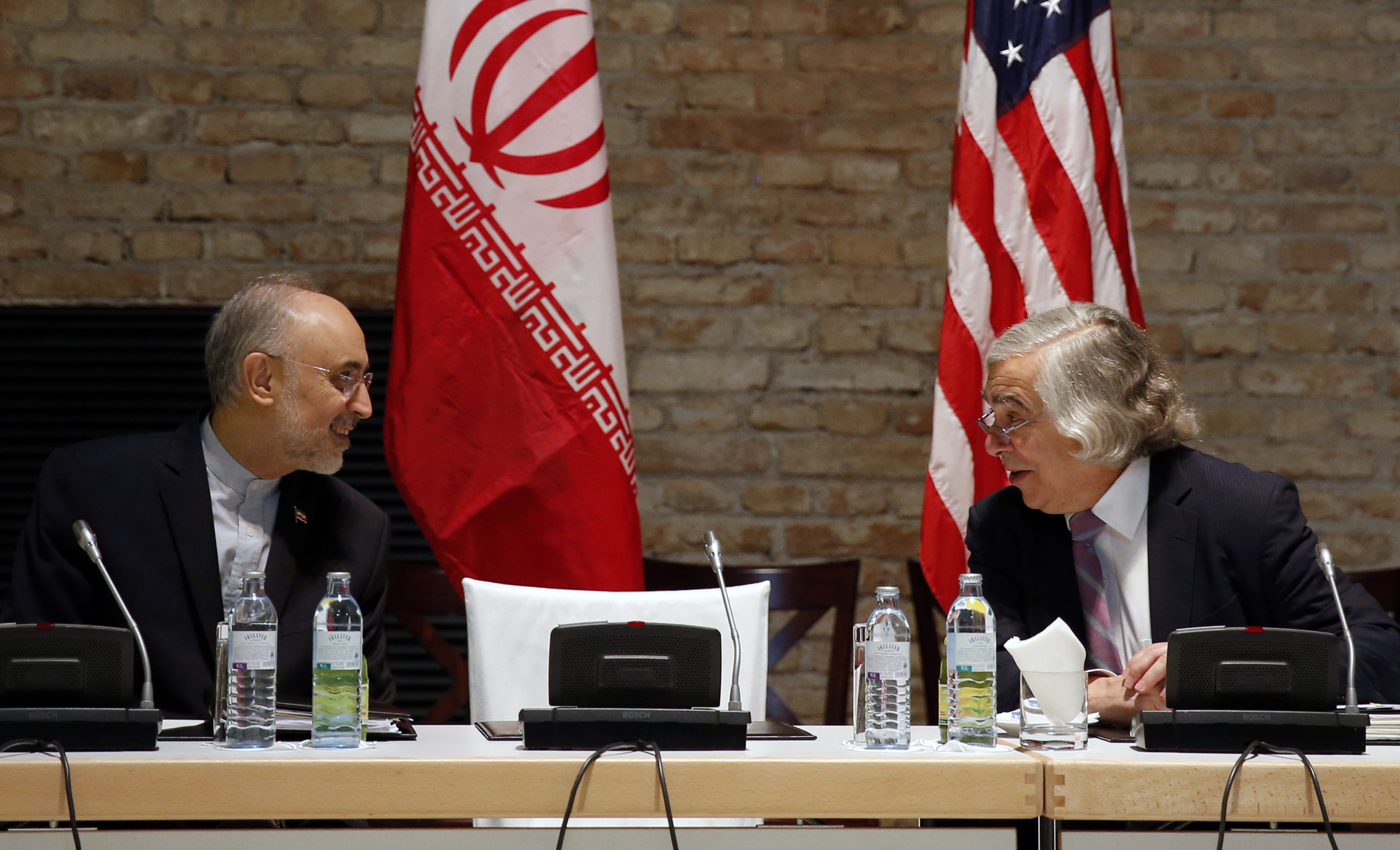NASHVILLE, Tenn. (WKRN) — COVID-19 has highlighted the digital divide in Tennessee, now, more than ever.
Education Commissioner Dr. Penny Schwinn outlined her biggest challenge and concern moving forward; providing close to a million Tennessee students easy access to the web.
“We’re in a situation where we are trying to figure it out day to day, hour to hour,” said Dr. Schwinn. “Opening a school year is a lot of work.”
Add in a pandemic and it’s quite a stressful situation.
“We want to make sure if there are counties or districts that don’t have a lot of virus spread and can go back to school that they’re allowed to do so and able to do so, whereas some of our bigger urban areas might need to take a different approach,” said Dr. Schwinn.
Moving forward, each school district will create their own plan for what the upcoming 2020-2021 school year will look like. Plans must be submitted to the school board by July 24.
Options parents may see include blended learning, partial days, staggered schedules or other mixed models in an effort to mitigate the spread of COVID-19.
“We tried to outline what we thought were the ten most likely scenarios the districts would be choosing,” said Dr. Schwinn.
But no matter what districts choose, all scenarios are tricky without accessible and reliable technology.
“We know and have seen all of our districts had different capacities going into the Spring,” said Dr. Schwinn. “Some could do online learning, some just didn’t have the capacity to do that we want to make sure we provide all students with equitable access and opportunity to a high-quality education.”
Dr. Schwinn added it’s important we invest as a state in the right things to increase access to technology. “It’s going to be incredibly important, frankly, especially for our rural communities and many students in our urban communities that just don’t have access to devices in the same way.
School building closures, due to COVID-19, continue to highlight the disparity related to technology and broadband. This is known as the great digital divide.
Dr. Swhinn said the state has put aside funding to provide technology grants to help pay for costs related to devices and connectivity.
“It is one of our biggest investments,” Dr. Schwinn said. “We want to be able to say if districts want to do an online strategy we’re putting in as much money as we can to help make that a reality and we’re seeing most are pushing aggressively in that direction. There’s CARES application money so many of our districts submitted applications to the department to get that federal relief. What we’re seeing is a majority of them are spending those dollars on technology to increase that access.”
The Tennessee Board of Education will soon be launching a website that will help explain remote learning to parents.
- Financial Friday: Unlock Your Home’s Potential with a HELOC from Leaders Credit Union
- Bright Spot 4-25
- Trump ordered to give some Venezuelans 21 days notice before deportations
- Overton Park Shell reveals free concert series lineup
- Operation Babylift crash survivor still searching for answers 50 years later


















